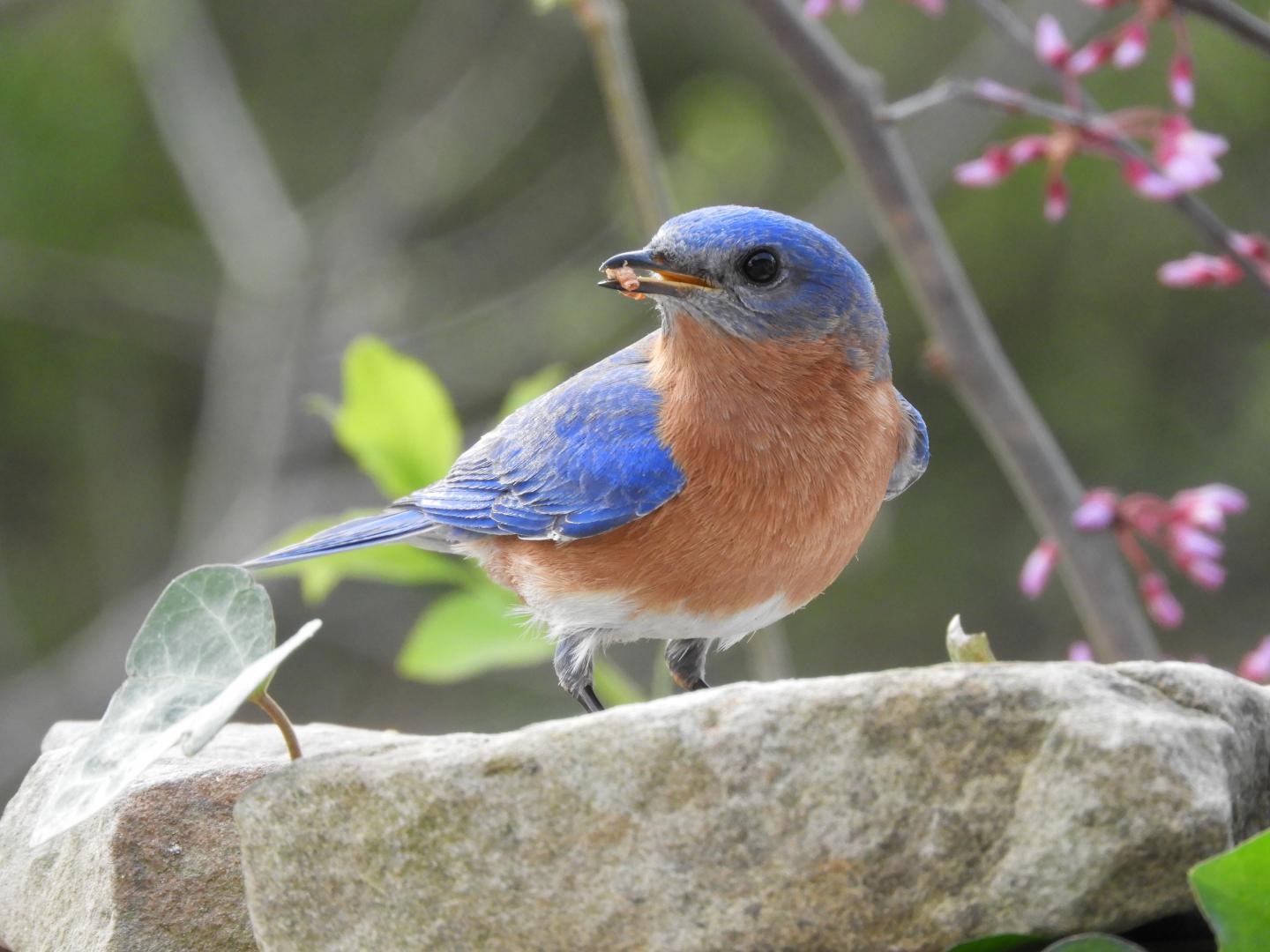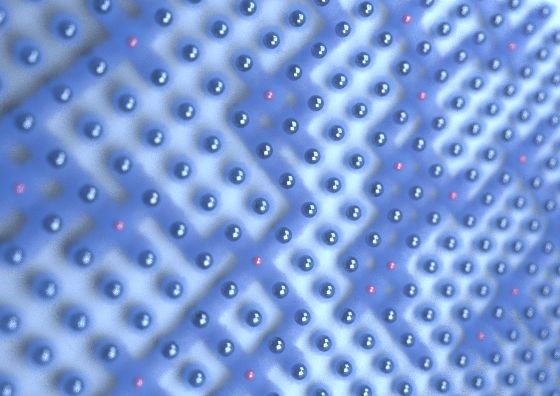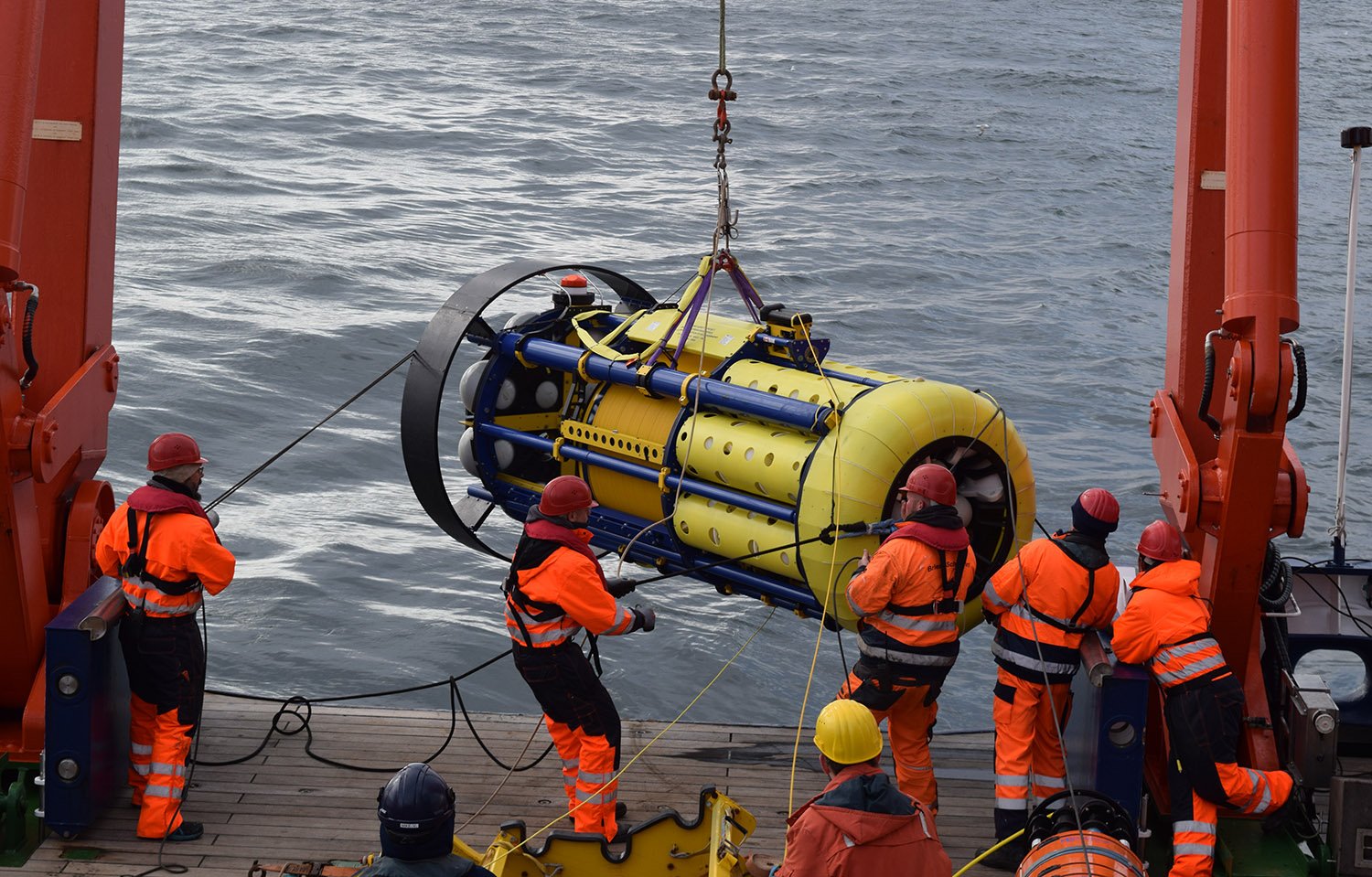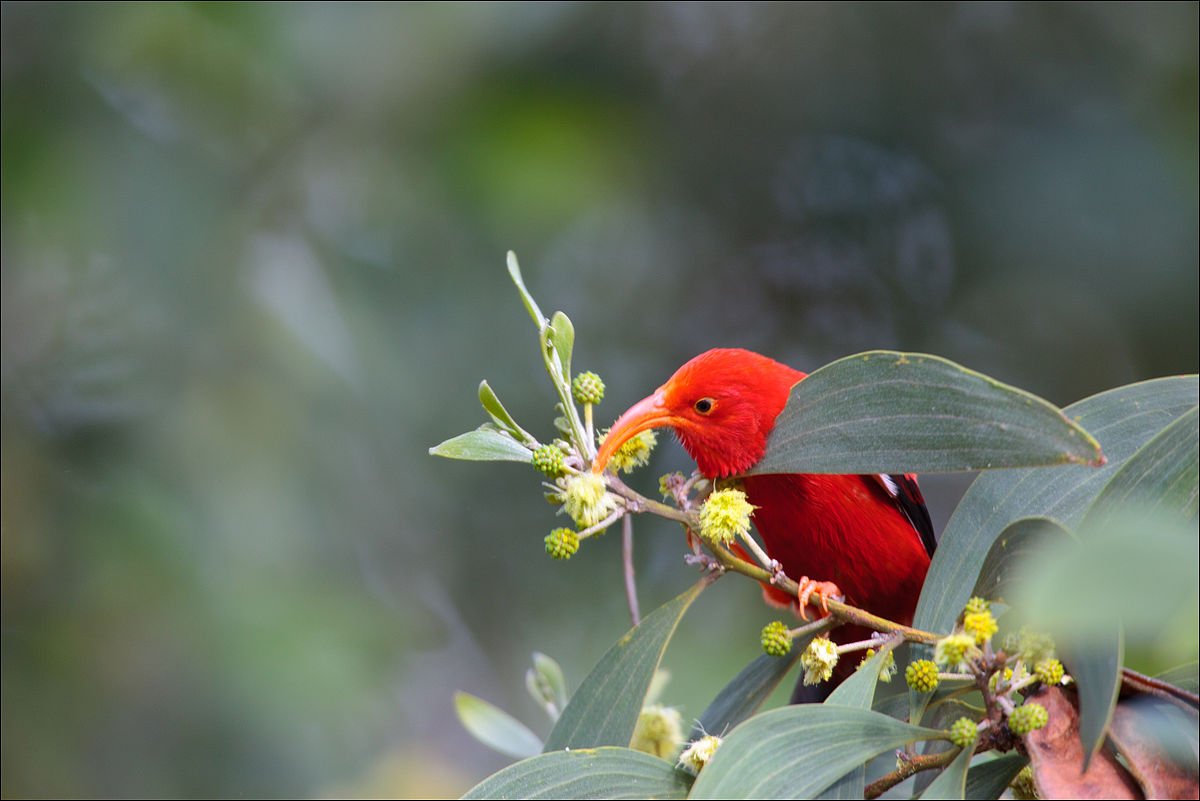Primate venom sheds light on why so many people suffer cat allergies
Research into the toxin of the world’s only venomous primate, the slow loris, is shedding light on the potential origins of the allergic qualities of cats. An international team, led by University of Queensland’s Associate Professor Bryan Fry, has been studying slow lorises at the Cikananga Wildlife Rescue Centre in Indonesia. The bite of the … Read more









